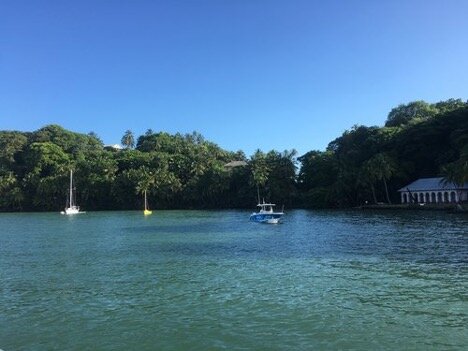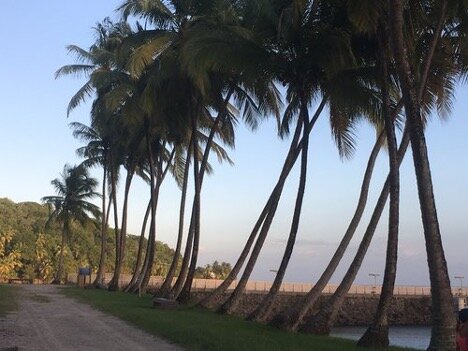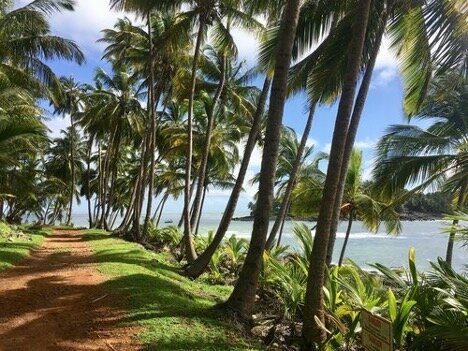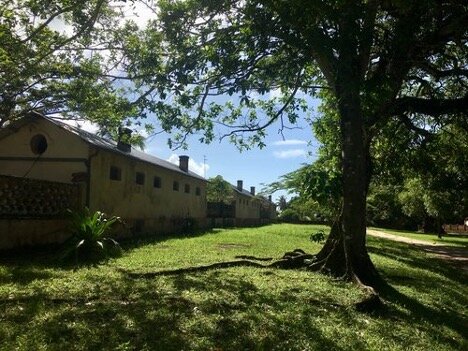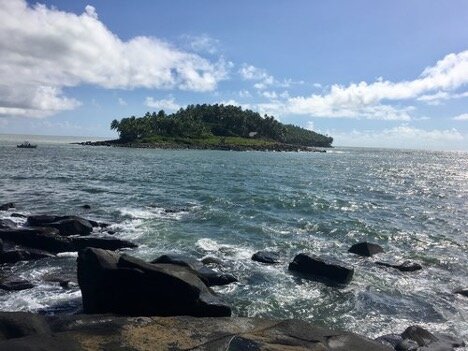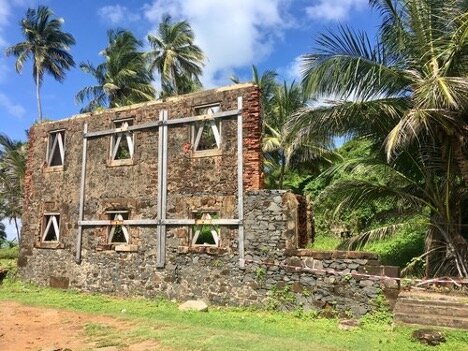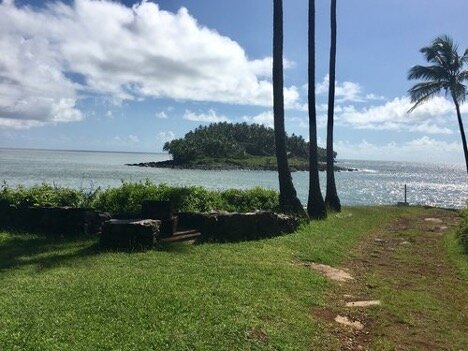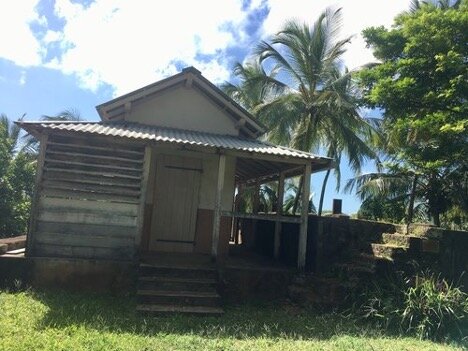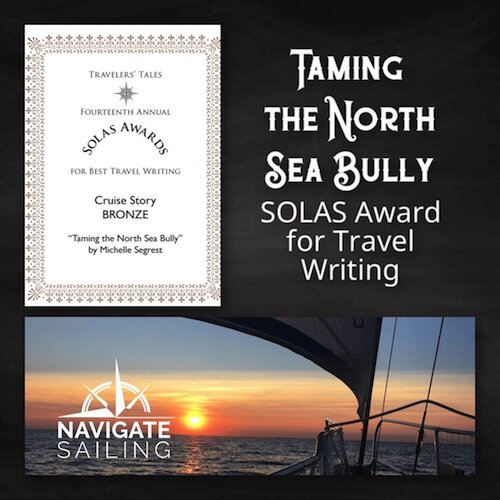20 Fascinating Facts About Devil's Island - The Alcatraz of the Atlantic
/Don’t be fooled by the plush coconut palms and crystal blue waters—Devil’s Island was once one of the world’s most notorious prisons. Here are 20 fascinating facts about the Alcatraz of the Atlantic.
By Michelle Segrest, Navigate Sailing—How to Get Your Sea Legs
We took a short day sail to the popular sailing destination, Devil’s Island, from Kourou, French Guiana. It took us 2.5 hours to sail the 9.9 nautical miles. When we arrived, it felt like paradise!
Our sailing friend had caught a huge Spanish Mackerel, so we grabbed a bottle of wine and some cheese and joined him onshore for a fish fry with fantastic fresh fish and even more fantastic company.
The next day we hoisted the hook and took a short motor sail (about 30 minutes) to Bora Bora Cove at Ile de Diable (Devil’s Island), which is the Alcatraz of the Atlantic.
The prison system stretched over several locations, on the mainland and in the The penal colony of Cayenne, commonly known as Devil's Island (Île du Diable), was a French penal colony that operated in the 19th and 20th centuries in the Salvation's Islands of French Guiana. Opened in 1852, the Devil's Island system received convicts deported from all parts of the Second French Empire. It was infamous for its harsh treatment of detainees, with a death rate of 75% at their worst, until it was closed down in 1953.
Devil's Island was notorious for being used for the internal exile of French political prisoners, with the most famous being Captain Alfred Dreyfus.
Île du Royale (the largest of the Triangle Islands—where we anchored the first time) was the reception center for the general population of the penal colony. They were housed in moderate freedom due to the difficulty of escape from the island.
Saint-Joseph Island was the Reclusion, where inmates were sent to be punished by solitary confinement in silence and darkness for escapes or for offenses committed in the penal colony.
As horrific as the island was in year’s past, let me assure you that with plush coconut palms, rich vegetation, clear waters in every shade of green and blue, natural swimming coves, and curious wildlife, this place is paradise!
Once settled at our anchorage in Bora Bora Cove, we took our two beagles to shore on Devil’s Island to explore. A tiny island, the dogs ran and played and explored. At the top there were dilapidated stone buildings that looked like forts and must have been quarters for the prisoners. There was not another human on the island while we were there, and later we learned that it is not legal to go on the island. Oops!
The views were spectacular but getting in and out of the dinghy was a challenge with waves crashing onto the shoreline rocks.
We spent the next couple days exploring all of Ile du Salut and went swimming in the natural shoreline pool. The dogs were captivated by the monkeys, red rump rodents, birds, and other wildlife on the island.
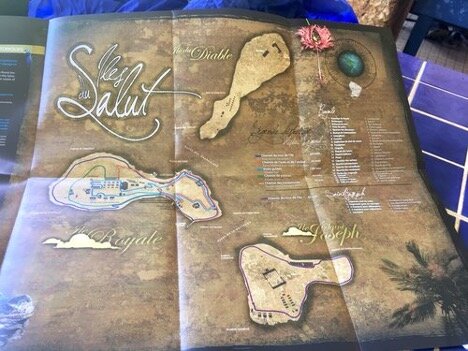
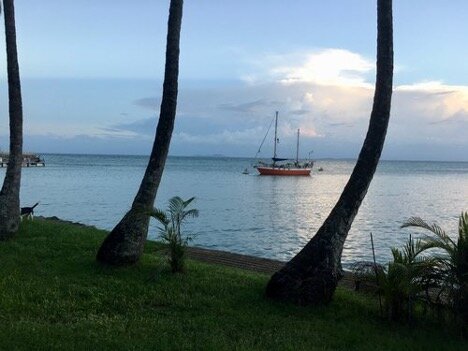
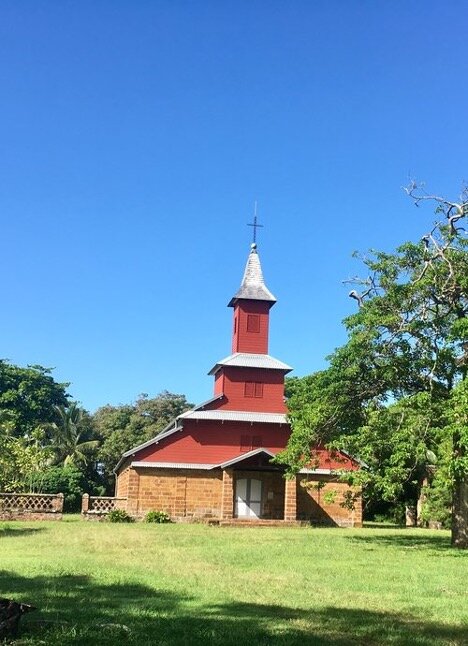
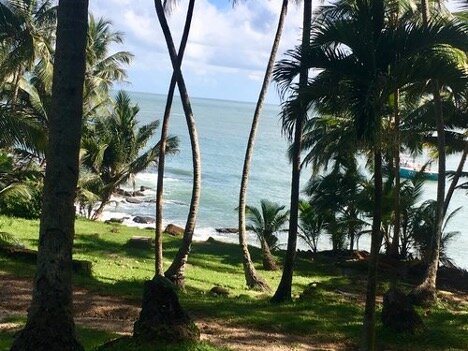
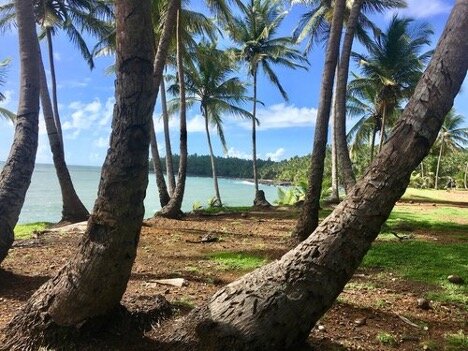
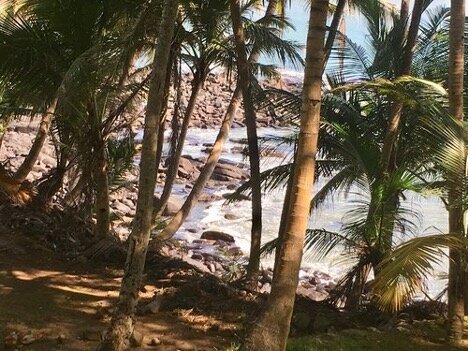
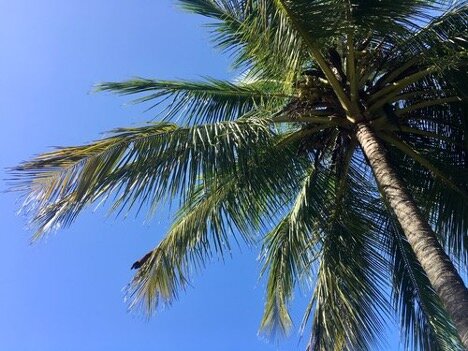
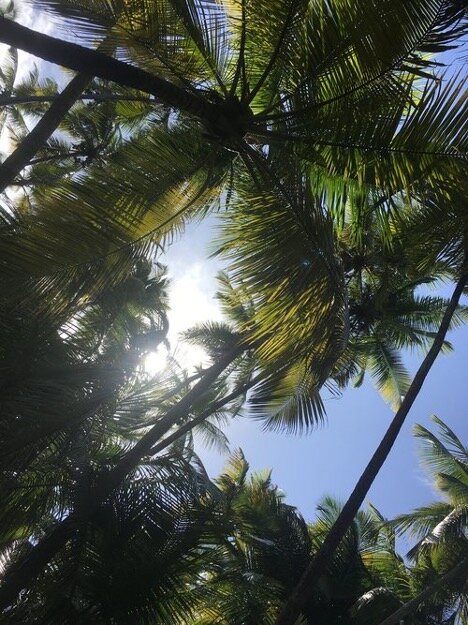
20 Interesting Facts about Devil’s Island – The World’s Most Notorious Prison
1. Devil’s Island was orginally used as a leper colony, but it was later transformed into a prison for political prisoners.
2. Because of the treacherous rocks and strong currents, there was no other safe access on and off the island than a cable car crossing the 60-foot-wide channel between the main island and Devil’s Island.
3. Located in the Salvation’s Islands of French Guiana, Devil’s Island is one of the most infamous prisons in the world.
4. The penal colony of Cayenne opened in 1852 and operated for more than 100 years.
5. The prison was closed in 1953.
6. Receiving convicts from all parts of the Second French Empire, it was infamous for its harsh treatment of the prisoners. The death rate was 75%.
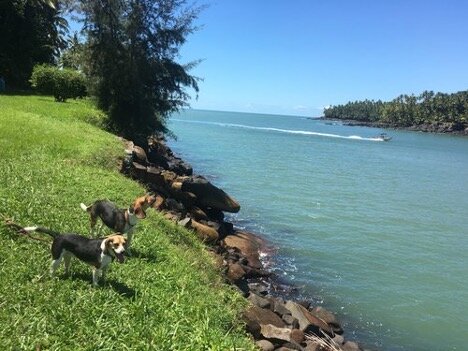
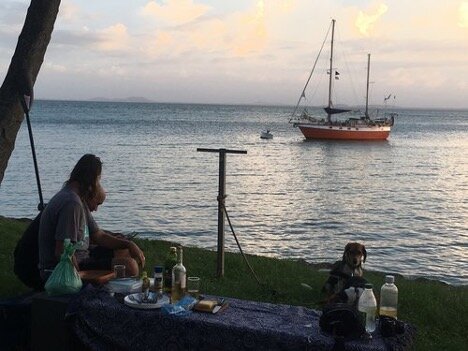
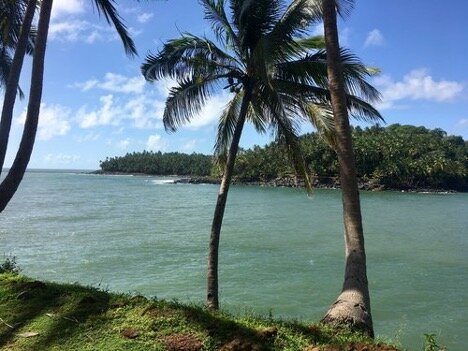
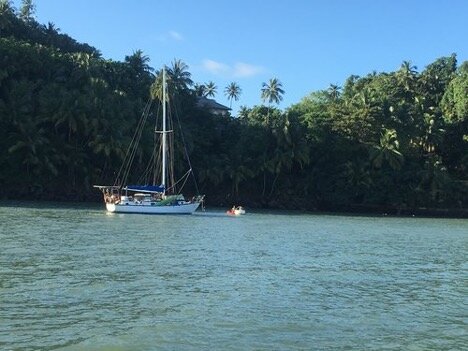
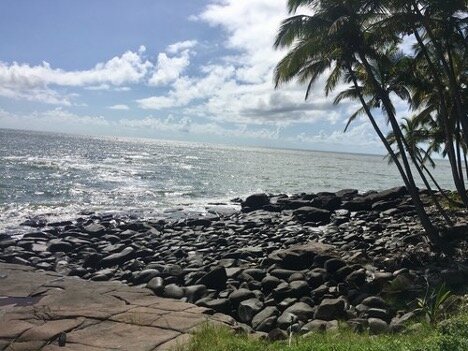
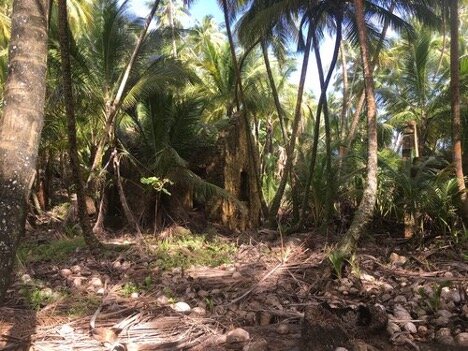
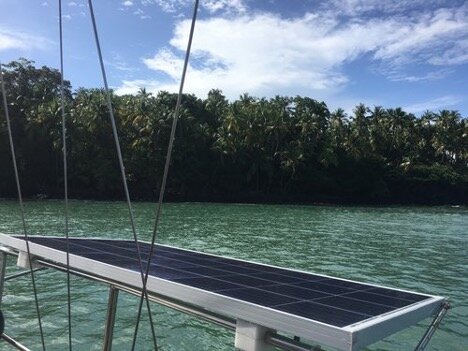
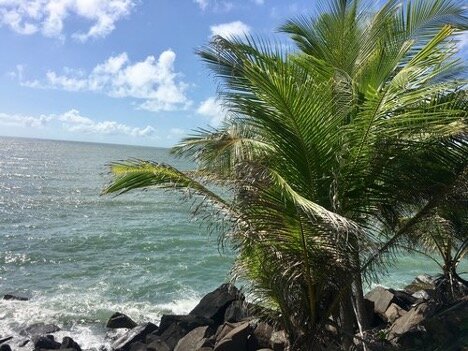
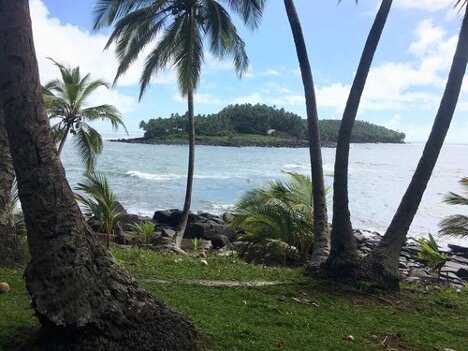
7. Most of the prison population was placed on Devil’s Island, while solitary confinement was meted out on the southernmost island.
8. Escape was practically impossible because of the sharks circulating the island. The predators devoured the bodies of prisoners whether they were dead or alive.
9. Over a period of 100 years, more than 70,000 convicts were sent to Devil’s Island. The prisoners included murderers, rapists, and political prisoners.
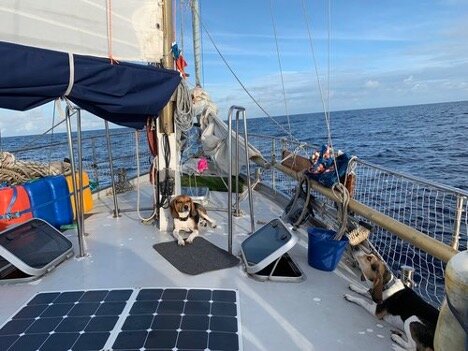
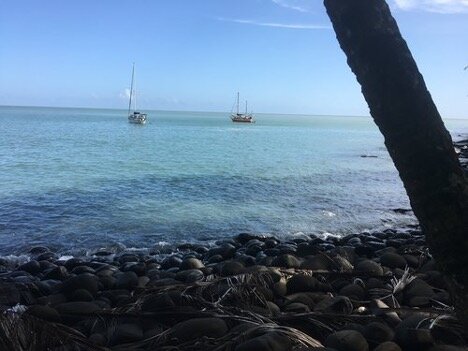
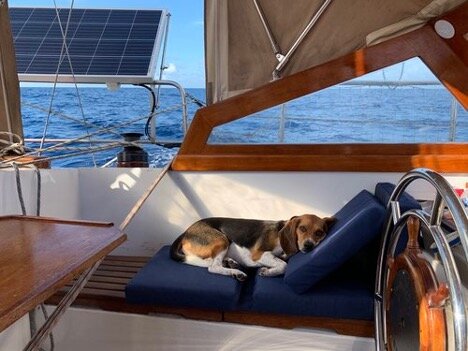
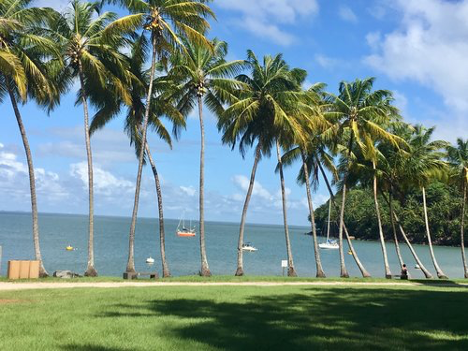
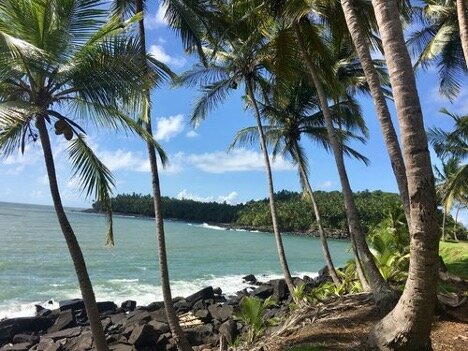
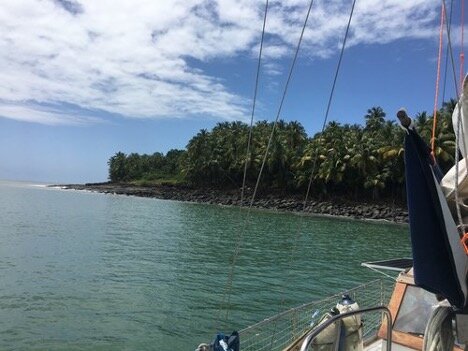
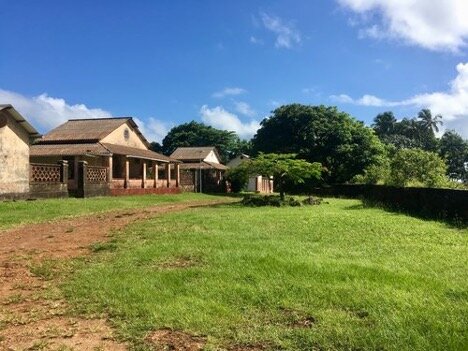
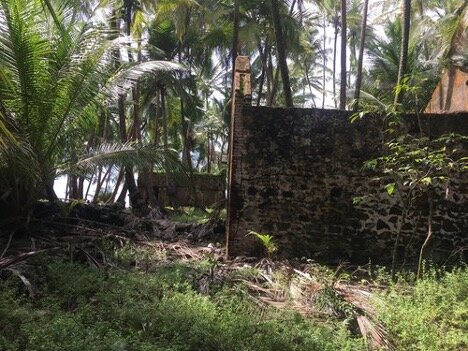
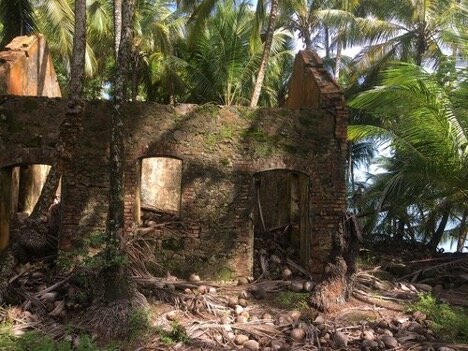
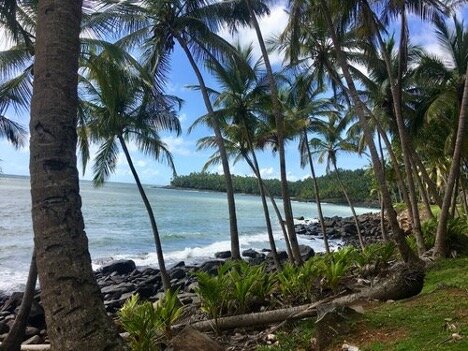
10. More than 40% of the prisoners died in the first year on the island.
11. Only 5,000 prisoners survived to see their release date and the closing of the prison.
12. After serving time on Devil’s Island, prisoners were forced to spend the equal time of their sentence living in French Guiana, where it was nearly impossible to find a job.
13. Many convicts died on the way to the island. Prisoners were loaded on a ship and immediately lost their individual identities, becoming only a number.
14. Many prisoners were stuffed into cages below deck with no air to breathe in the darkness. The cages had only hammocks to sleep on. The only source of water was a stale water barrel located outside the cages.
15. Because of the hot air on the way to the prison, many prisoners grew mad and fought among themselves. Many murders took place inside the cages.
16. Steam pipes were used to scald the prisoners if they tried to escape from the cages.
17. Guards also would close sliding metal doors around the cages and light sticks of sulfur to close off the air supply.
18. The bodies of prisoners who died from starvation, fever, or by other means, were loaded onto wheelbarrows and dumped into the sea. They were then eaten by the sharks.
19. Prisoners who attempted to attack a guard were taken into the jungle and chained to a tree—left for insects, snakes, the elements, and starvation to kill them.
20. Henri Charriere wrote about the prison and his escape from it in the book Papillon.
